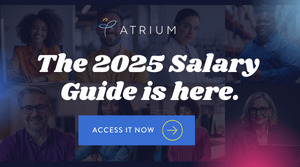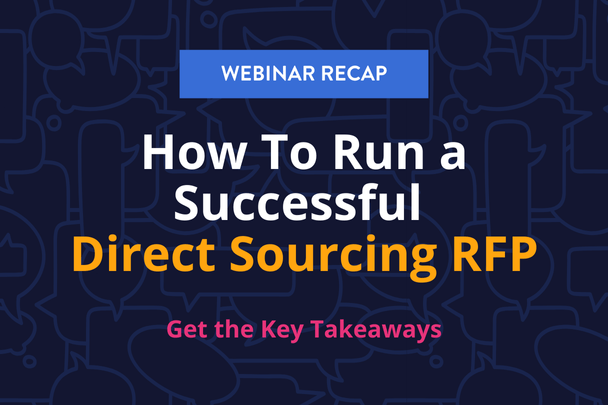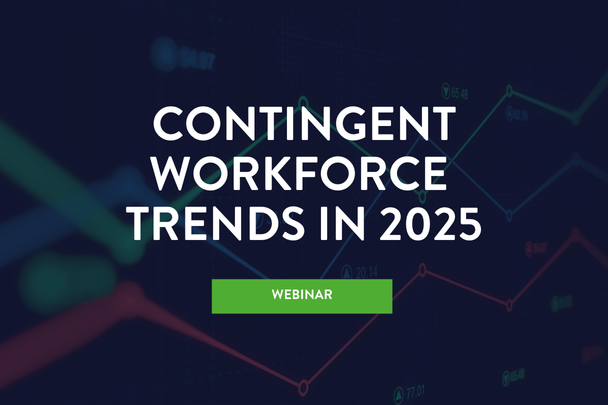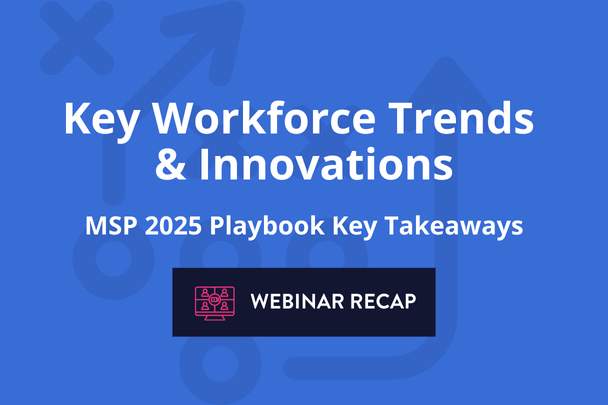In today’s overloaded world, online content of any sort can be easily dismissed with a single swipe. So how do you get candidates to swipe right on your job posting? Let your employee development define your employer brand.
By employer brand, I’m not talking about quirky commercials and cheeky copywriting on your website. The yard stick by which candidates judge employers today goes beyond salary, benefits and perks. Candidates want to know what employers have to offer in terms of employee development. That offering ultimately becomes your employer brand.
If you’re struggling to attract millennials and the yet to be named generations to follow, here are 5 things to consider.
1. Mentorship Programs
Mentors are invaluable and millennials know it. Invest in an internal mentorship program and you’ll gain in dividends. First, you’ll be fostering intergenerational relationships. Newer employees can benefit from an impartial resource they can lean on and newer employees can provide more seasoned staff with a fresh perspective on their industry. But most importantly, you’ll be developing a deep connection to your organization. There’s just no better way to ensure retention.
2. On-going Training
All too often organizations focus their training efforts on new hires. Getting new hires up and running is critical. But on-going training ensures your staff is always supported to deliver their best work. It also helps fight against mid-career restlessness and turnover that results from boredom. When employees feel they aren’t learning anymore, dissatisfaction can creep in quickly. Make sure to engage all levels of your workforce in various trainings.
3. Tuition Reimbursement
Your organization may be very dedicated to employee development, but don’t make the mistake of thinking you can train on everything internally. Encouraging employees to learn outside of the organization and then bring that learning to others can be an extremely refreshing practice. Think of offering different budgets for employees at various levels to spend on an outside learning experience. It could be a small workshop, a seminar or a course. In some cases it may be advantageous to suggest an employee obtain an advanced degree and offer to support that endeavor.
4. Self Directed Learning
Often when we study unrelated disciplines, there is always a spillover effect. We can make connections we didn’t notice before and see things from a fresh point of view. Unfortunately, organizations strictly limit the scope of learning to things that are directly related to one’s role. But things like drawing and painting can help unlock creativity. This is a powerful thing to tap into when it comes to problem solving, negotiations and other corporate related tasks. Try to be open minded about what you allow to be covered under the umbrella of an employee development budget. When employees get to explore things they are interested in and that motivate them, they bring that positive experience with them to work.
5. Personal Development
Don’t forget that work is only a fraction of what makes up your employees. For that reason, investing in an employee’s personal development may be something to consider. If a personal area is negatively impacting their work, wouldn’t it be worth making the investment to develop that employee in the best way possible? This can include a range of professional options that impact the whole being such as strengths coaching or mindset coaching.
While taking a holistic approach to employee development can be a large undertaking, its rewards in terms of productivity, morale and retention are tangible.











